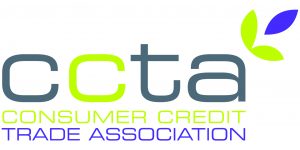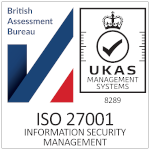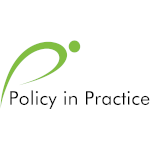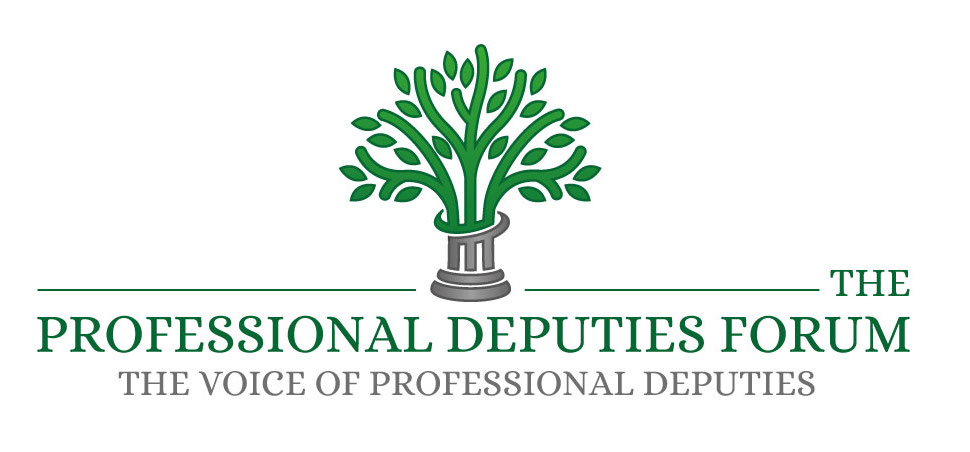At this time of year lenders will be gearing up to handle increased levels of borrower contact and the smarter lenders will be preparing for proactive contact. In recent years there have been big advances in the ability to use technology and data to develop pre-impairment indicators that can help identify signs of potential borrower strain before a payment has been missed. There is speech recognition software that can help identify a vulnerable consumer through trigger words and voice tone. All very admirable, and all tools available to help protect a customer from detriment and especially those customers that are vulnerable and should certainly be encouraged.
However, whilst most firms and organisations are trying to improve the situation for vulnerable consumers it is usually after the event of credit or products being provided. My brother Nigel and I have been involved in consumer credit activities for over 35 years and have practical experience in doorstep lending, short term lending, payday lending, debt collecting and our current business as debt purchasers. We have sat on numerous committees and boards of consumer credit trade associations and regularly attend consumer credit roundtables and workshops and it became apparent to us that whilst most firms identify and do their best to deal with vulnerable consumers after the event of credit or services being provided it seemed obvious why was help to identify vulnerable consumers not being done before credit or services are provided? Having looked into the matter further it was simple in that there was nothing to check against, there was no register of vulnerable consumers.
Of course, considering vulnerable consumers circumstances before credit or services are provided is a change to what is currently offered, but sometimes change is for the better. From our many years of working with all types of consumers, it is usually vulnerable consumers that will require additional resource and time spent in providing help and assistance and in many cases, it is abundantly clear that the credit or service provided was not suitable.
In my role as Compliance Directors of SLL Capital Limited, I see the despair of those issued credit when credit was not suitable, and services sold when it is clear the consumer did not require the service. I see cases of those that go on manic spending sprees, gamble with no control and all too often cases of partner fraud and sometimes just poor decision making especially if the consumers native language is not English. In fact, there are so many examples of vulnerability that we always revert to the FCA’s original definition of vulnerability from occasional paper No 8 which defines a vulnerable consumer as: “someone who, due to their personal circumstances, is especially susceptible to detriment, particularly when a firm is not acting with appropriate levels of care”.
You may be wondering if we can see the problem what are we doing about it? My brother and I have got together with a group of five like-minded individuals and formed a company called the Vulnerable Registration Service (VRS). The VRS is the only national register of vulnerable consumers. Our board consists of GDPR experts, Customer relationship management system IT experts, Credit Bureau data experts and business operational experts. The VRS also has an Advisory Board of recognised consumer credit experts that help to guide, innovate and challenge the VRS and feedback recommendations to the VRS Board.
The VRS is funded entirely by the stakeholders who all have a passion to try and improve the situation of vulnerable consumers and who’s mandate is to share a proportion of profit with those charities that help support the VRS and consumer database.
We genuinely hope that the lending community and in fact every organisation and service provider that genuinely wish to raise the game in helping to improve their business service to vulnerable consumers will use the VRS and its database of vulnerable consumers. Getting it right in today’s business place has never been more important. Getting it wrong could mean redress, company embarrassment and the regulator rightly looking at what you do.
Mark Bryant, Director at the Vulnerability Registration Service














Post a comment